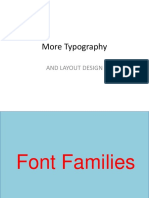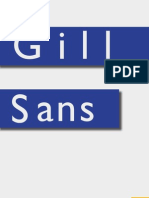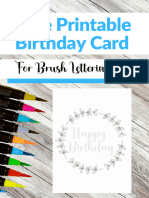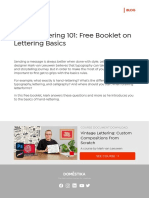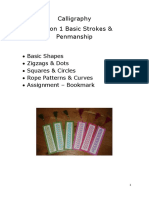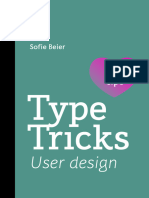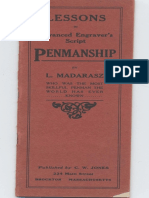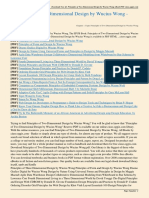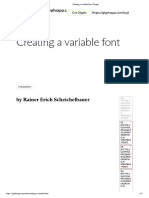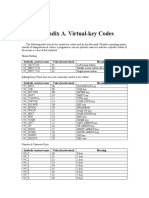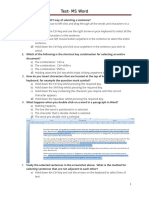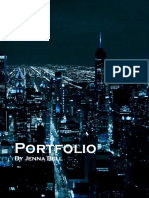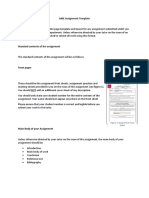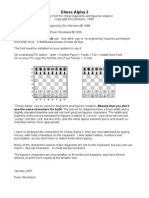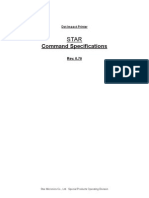0% found this document useful (0 votes)
268 views8 pagesTypography Basics for Designers
The document discusses typography, defining typeface properties like serifs, x-height, and weight, and classifying typefaces into categories such as serif, sans serif, monospace, handwriting and display. It also covers readability aspects like letter-spacing and how tighter or looser spacing can impact readability of text at different type sizes.
Uploaded by
reniCopyright
© © All Rights Reserved
We take content rights seriously. If you suspect this is your content, claim it here.
Available Formats
Download as DOCX, PDF, TXT or read online on Scribd
0% found this document useful (0 votes)
268 views8 pagesTypography Basics for Designers
The document discusses typography, defining typeface properties like serifs, x-height, and weight, and classifying typefaces into categories such as serif, sans serif, monospace, handwriting and display. It also covers readability aspects like letter-spacing and how tighter or looser spacing can impact readability of text at different type sizes.
Uploaded by
reniCopyright
© © All Rights Reserved
We take content rights seriously. If you suspect this is your content, claim it here.
Available Formats
Download as DOCX, PDF, TXT or read online on Scribd
/ 8
